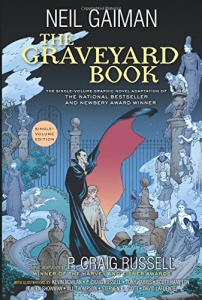Graphic novels and comic books are being applauded for encouraging literacy in children.
Graphic novels are popular with young and old alike, with stories spanning all genres and appealing to all reading levels. Many stories we already know and love have been adapted into graphic novels, including many works by Neil Gaiman, Malory Blackman’s Noughts and Crosses, and tales from Terry Pratchett’s Discworld.
Comic books have been looked down upon as ‘childish’ and therefore not ‘true literature’, however the lines blur when we bring in the more mature sibling of the comic- the graphic novel. Of course for many people it is the same deal just with a fancier name, but the distinction has encouraged folk to try them instead of a full text novel. One could say adults have been tricked into loving comic books again.
At the turn of this century graphic novels were becoming increasingly popular, and in 2005, Scholastic’s Graphix became the first publisher imprint dedicated to children’s graphic novels and is now known for popular series such as Amulet, and The Baby-Sitters Club, which will soon be a new Netflix show.
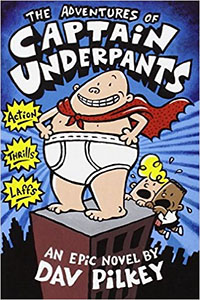
Dav Pilkey’s Captain Underpants Series captured children’s imagination and sparked off a whole new generation of readers!
Despite the increase in popularity and the range of different types of graphic novel, some parents and teachers are still wary of allowing kids to just read graphic novels. Experts assert, however, that there is no need for kids to be pulled away from reading literature they enjoy just because the adults around them don’t understand the appeal or the usefulness of reading text and image.
“It’s not that comics are lacking in sophistication,” Frazin told a packed room of teachers at a recent talk on how to teach graphic novels. “It’s that we teachers are lacking in the practice of seeing the complexity in these texts.”
In fact, many children’s vocabulary increases and matures thanks to the comic books or graphic novels they read. University of Oregon researchers found that comic books averaged 53.5 rare, or more complex, words per 1,000. That’s more than both children’s books (which average 30.9) and adult books (averaging at 52.7).
One study found that graphic texts promote learning and better recall, and another found that students had the best reading comprehension and felt the most enjoyment with graphic novels. As many of us know already, comics and graphic novels can also encourage reluctant readers.
Comedy gems such as Captain Underpants, or the Dogman series, both written by the wonderful Dav Pilkey, really engage kids and although it is written to appeal to children, Dav never talks down to them. Part of the whole Dogman running storyline is joint custody- an unusual storyline for a kids’ comic- and it really works. Dogman’s popularity has boomed over the last few years, and it doesn’t look like it will ever fall from favour with kids or their parents.
Graphic novels require a whole new level of reading comprehension than we achieve with regular books as children must decipher a story with not just the words, but within the images, say experts. That’s a skill becoming more important in a world where we regularly use our smartphones and computers to read text and images.
Kids tend to read and reread books, capturing the main gist of the story the first time round and then figuring out finer points when they return to it later.
“It really puts the reader into the driver’s seat,” says Telgemeier, a graphic novel writer. “They have to do the work. They have to see and think and wonder and look for clues and become a visual detective to understand the full story.”
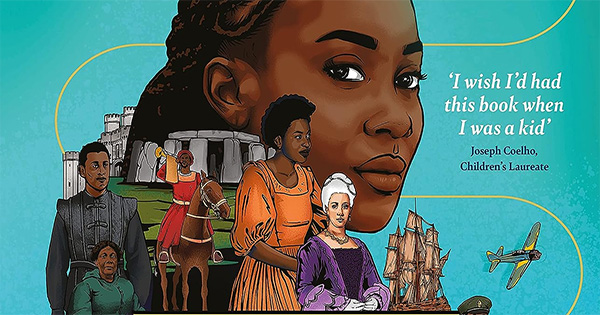
New Children’s Book Reveals the Black History of the UK
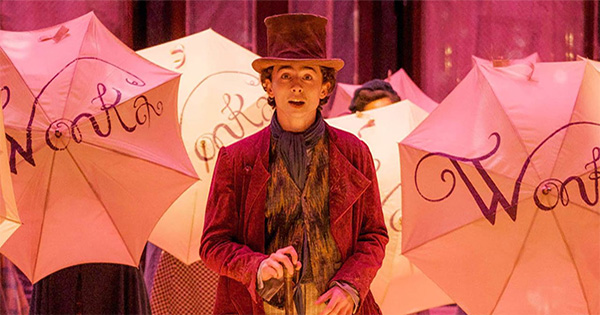
Roald Dahl Estate Announces ‘Wonka’ Tie-in Novel

Harry Potter Book Purchased for 30p Sells for £10,500
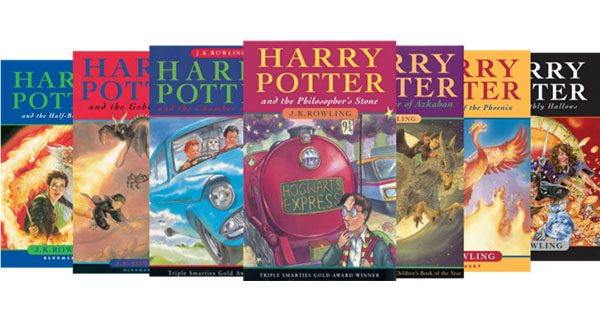
Harry Potter Books to be made into new TV series



